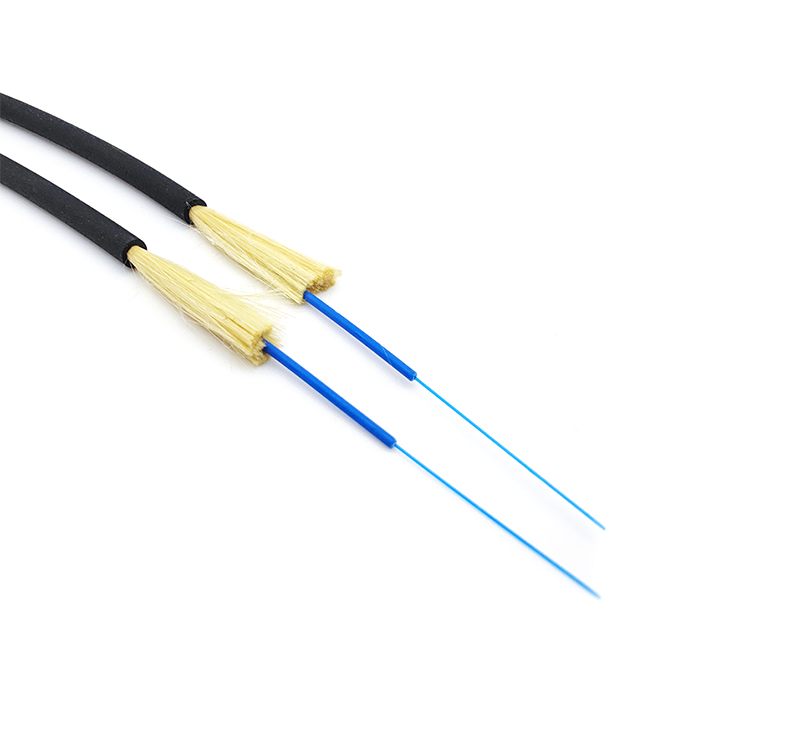The network cable, the most inconspicuous part of the computer network, is the most easily overlooked component. When setting up a network, most people pay attention to equipment such as switches, routers, network cards, etc., but generally do not pick too much about network cables. However, with the expansion of the network scale and the increase in the demand for network cables, the importance of network cables is becoming more and more obvious.
Let's take a look at Cat5e and Cat6 cables first.

Super five network cable
Super Category 5 cable: Super Category 5 has low attenuation, less crosstalk, higher attenuation and crosstalk ratio (ACR) and signal-to-noise ratio (Structural Return Loss), smaller delay error, and performance has been greatly improved. Category 5e cables are mainly used for Gigabit Ethernet (1000Mbps).
Category 6 network cable
Category 6 cable: The transmission frequency of this type of cable is 1MHz to 250MHz, and the Category 6 wiring system should have a large margin for the comprehensive attenuation and crosstalk ratio (PS-ACR) at 200MHz, which provides twice the bandwidth of Category 5e. The transmission performance of Category 6 cabling is much higher than that of Category 5e standards, and is most suitable for applications with transmission rates higher than 1Gbps. An important difference between Category 6 and Category 5e is that it improves the performance in terms of crosstalk and return loss. For the new generation of full-duplex high-speed network applications, excellent return loss performance is extremely important. The basic link model is cancelled in the six categories of standards, and the wiring standard adopts a star topology. The required wiring distance is: the length of the permanent link cannot exceed 90m, and the length of the channel cannot exceed 100m.
So, what's the difference between CAT5E and CAT6 cables?
The common network cables in the local area network mainly include twisted pair, coaxial cable and optical cable. Twisted pair is a data transmission line composed of many pairs of wires. It is characterized by low price, so it is widely used, such as our common telephone lines. It is used to connect with the RJ45 crystal head. It has two kinds of STP and UTP, we commonly use UTP.










